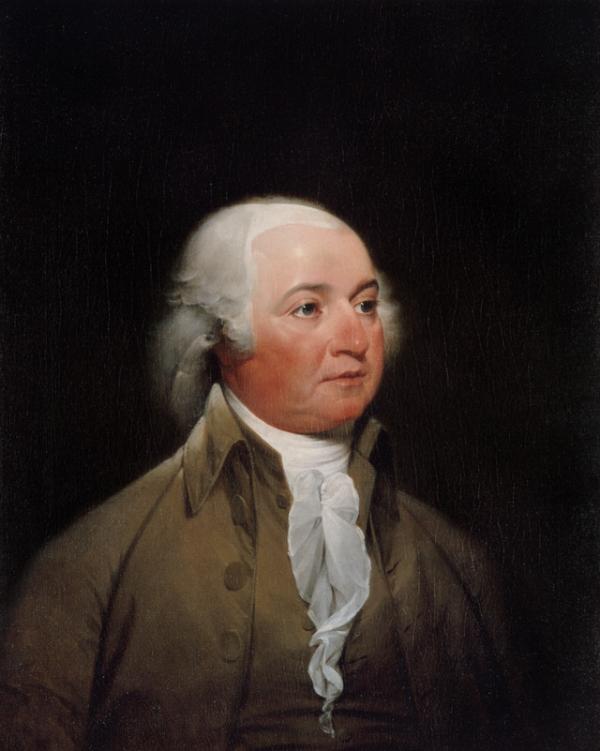The Education of a Statesman

The Adams Papers project is publishing a comprehensive edition of material written by John Adams and his large family.
Permission to use image courtesy of the White House Historical Association (White House Collection)

The Adams Papers project is publishing a comprehensive edition of material written by John Adams and his large family.
Permission to use image courtesy of the White House Historical Association (White House Collection)
John Adams was a leading voice for American independence, writing pamphlets, making speeches, and arguing on the floor of the Continental Congress. He earned a reputation as a forceful advocate and a sharp-elbowed combatant. After America declared its independence, however, the advocate had to become a diplomat, learning courtly ways and restraining his argumentative pen. In 1784 Adams joined Benjamin Franklin and Thomas Jefferson in Paris, assigned to negotiate treaties with European powers. When their orders from the Congress of the Confederation arrived, Franklin noted that their work was cut out for them. “Treaties to be made with I think twenty Powers, in two Years, so that we are not likely to eat the Bread of Idleness; and that we may not surfeit by eating too much, our Masters have diminish’d our Allowance.”
While Adams was in Europe, his friends across the Atlantic kept him posted on the latest developments in American politics, and the diplomat freely expressed his often undiplomatic views in reply. Adams eagerly sought appointment to the prestigious position of American ambassador to Great Britain, but his American critics tried to block him by making his outspoken letters and diaries public. Elbridge Gerry, a friend and member of the Continental Congress, warned Adams that his unvarnished opinions did him no favors; Gerry stressed “the Necessity of your co-operating with those who are determined to support You on this Side The Atlantic, in putting a Stop to, or at least in checking such ruinous Intrigues.” In February 1785 Adams did win the long-sought appointment, but, despite the prestige, he knew that whoever represented his nation to its former colonial ruler would have neither “a lucrative Employment nor a pleasant occupation.”
Adams’ experiences in Europe, like those of Thomas Jefferson and Benjamin Franklin in Paris, reflect an important time in American history. These leaders of revolution had to become government officials.
This transition is reflected in the latest volume of the Adams Papers, one of the largest long-running editorial projects currently supported by the National Endowment for the Humanities. Begun in 1954, based at the Massachusetts Historical Society, and under the direction of C. James Taylor, the project is publishing a comprehensive edition of material written by John Adams and his family, including spouses and children, through 1889. To date, the project has published forty-five of the planned 100 volumes. The series includes diaries, letters, and legal papers, revealing four generations of Adamses as statesmen, parents, writers, children, and politicians. The Adams Papers open a window on the development of American self-government and on the education of a statesman.